
Exit Signs and Fire Signage: Compliance Tips for Australian Businesses
Essential Safety Signs Every Workplace Must Display
In every Australian workplace, safety signage acts as the unsung hero, silently guiding, warning, and protecting employees and visitors. From illuminated exit signs above doors to clear fire extinguisher labels and warning signs near machinery, these simple visuals play a vital role in ensuring safety and legal compliance. The key to effective signage isn’t just having it; it’s about having the right signs, in the right places, that meet the right standards.
Workplace safety signs serve two main purposes: prevention and guidance. They prevent accidents by alerting people to potential hazards, and they guide occupants to safety during emergencies. Whether you run a retail store, a factory, or an office, the right signage reduces panic and saves lives when every second counts.
In Australia, workplace signage is governed by a series of laws and standards, the most important being AS 1319:1994 – Safety Signs for the Occupational Environment, which outlines the design, colour, and usage of safety signs. Additionally, the National Construction Code (NCC) sets rules for where exit and fire signs must be placed in commercial and public buildings. Compliance with these standards isn’t just about ticking boxes; it’s a legal and moral responsibility.
Neglecting proper signage can lead to hefty fines, legal issues, or worse, injuries and fatalities. In many emergency scenarios, confusion and chaos can be minimised simply through clear, visible, and well-maintained signs. The reality is that signs save lives, and they also protect your business reputation and insurance coverage.
To ensure your business signage meets safety standards, start with the right tools from our signage tools collection trusted by professional installers across Australia →
Let’s explore in detail how Australian businesses can ensure compliance, improve safety, and create a culture of awareness through the strategic use of fire signage, exit signs, and other essential workplace safety symbols.
Every Australian workplace, regardless of industry or size, must display a core set of safety signs to meet Work Health and Safety (WHS) obligations. These aren’t limited to fire and exit signage; they include a wide range of indicators that warn, instruct, and protect everyone on-site.
The main categories are:
Mandatory Signs (Blue Circles): Indicate actions that must be taken, such as “Wear Safety Goggles” or “Hard Hat Area.”
Warning Signs (Yellow Triangles): Warn about potential hazards like “Forklifts Operating” or “Slippery Surface.”
Prohibition Signs (Red Circles with Slash): Indicate forbidden actions like “No Smoking” or “No Entry.”
Emergency Information Signs (Green Rectangles): Provide directions to emergency facilities like “First Aid” or “Emergency Exit.”
Fire Signs (Red Rectangles): Indicate the location of fire-fighting equipment.
Each of these categories has specific colour, shape, and symbol requirements outlined in AS 1319. It’s not enough to print signs from the internet and stick them on walls; each must meet official dimensions and colour contrast ratios for visibility and uniformity.
Proper placement is equally critical. Signs should be installed at eye level, near the hazard or equipment they refer to, and free from obstructions. For example, a “Caution – Wet Floor” sign belongs directly near the spill, not at the end of the hallway.
Displaying the right safety signs shows that a business values its employees and customers. It also reduces legal risk and enhances workplace culture by promoting awareness and accountability. Think of it as the visual language of safety, a language that, when spoken clearly, keeps everyone safe.
For complete installation setups, our sign tool kits include all the essentials you need to install exit and fire safety signs correctly →
Understanding Fire Signage Requirements

Fire signage refers to the specific set of safety signs that indicate the location of fire-fighting equipment, fire exits, alarms, and emergency tools. These signs are not optional; they’re a critical part of any building’s safety infrastructure. The main goal of fire signage is to enable people to act swiftly during an emergency, even in low visibility conditions like smoke or darkness.
Under Australian Standard AS 1319, fire signs are classified as mandatory for workplaces where fire equipment is installed. They are usually red with white text or symbols, a colour scheme universally recognised for fire-related safety messages. Examples include signs like “Fire Extinguisher,” “Fire Hose Reel,” or “Fire Alarm.”
Placement is key. According to the National Construction Code, fire signage must be:
- Clearly visible from a distance.
- Positioned above or adjacent to the relevant equipment.
- Mounted at an appropriate height, usually around 2 meters above the ground.
- Free from obstructions or visual clutter.
Beyond the basics, fire signage should be illuminated or photoluminescent to ensure visibility during power outages. Many modern workplaces now adopt glow-in-the-dark signage, which absorbs light and emits a clear glow when it’s dark, enhancing visibility in emergencies.
The importance of correct fire signage goes beyond compliance; it’s about preparedness. Imagine a small fire breaking out in a factory. A well-marked fire extinguisher sign directs workers instantly to the nearest device. A delay of even 30 seconds in locating it could turn a manageable flame into a devastating blaze. That’s how critical fire signage truly is.
For businesses, it’s also vital to maintain these signs through regular safety inspections, ensuring they remain legible, unobstructed, and securely mounted. Fire signage that’s faded, damaged, or outdated fails to serve its purpose, and that failure could have life-threatening consequences.
If you’re updating your facility to meet AS 2293 compliance, using reliable sign install tools ensures your exit and fire signage is mounted securely and visibly →
Exit Signs and Emergency Evacuation Compliance

Exit signs serve as the ultimate life-saving guides during emergencies. Their role is to lead occupants safely and quickly out of a building when normal routes are unsafe due to fire, smoke, or other hazards. In Australia, exit signage compliance is governed by the Building Code of Australia (BCA) and AS 2293.1 – Emergency Escape Lighting and Exit Signs for Buildings.
Unlike fire signage, which directs you to equipment, exit signs direct you to safety. Every exit door, corridor, and stairway leading to a safe place must have a clear, illuminated exit sign. These signs are often green with a white pictogram, commonly depicting a running figure and an arrow pointing toward the exit direction.
There are two main types:
Illuminated Exit Signs – Powered by electricity, these signs remain visible even in low-light conditions.
Photoluminescent (Glow) Exit Signs – These absorb light during the day and glow during blackouts, offering a cost-effective, eco-friendly option.
Placement is strictly regulated. Exit signs should:
- Be positioned above each exit door.
- Be visible from any approach within the evacuation path.
- Have backup illumination (battery or emergency lighting system).
- Be inspected at least once every six months.
The clarity of an exit sign can make the difference between life and tragedy. For example, in a crowded shopping centre, smoke may obscure visibility within seconds. Clear, illuminated exit signs help people find their way to safety without confusion or panic. It’s also worth noting that non-compliance can lead to severe penalties, including closure notices or legal action from local safety authorities.
Beyond compliance, well-designed exit signage builds trust. Employees and customers alike feel more confident knowing the building’s safety systems are up to code. In short: exit signs aren’t just required, they’re respected.
Professional sign makers often use workshop tools to prepare, align, and finish safety signage installations with precision →
Warning Signage: How to Keep Your Workplace Safe & Legal

Warning signs play a preventive role, alerting people to potential dangers before they happen. These bright yellow triangles are instantly recognisable and serve as one of the most effective ways to reduce workplace injuries.
A warning sign doesn’t just say, “Be careful.” It says, “Danger is nearby, take action.” Common examples include “High Voltage,” “Hot Surface,” or “Trip Hazard.” According to Safe Work Australia, warning signs should be installed wherever a risk assessment identifies a foreseeable hazard that could cause harm.
The legal foundation for warning signage lies in the Work Health and Safety Act 2011, which mandates employers to eliminate or minimise risks “so far as reasonably practicable.” This includes ensuring that potential hazards are clearly marked with proper signs. Failure to do so can lead to prosecution, fines, or even imprisonment in severe cases.
To keep your signage compliant:
- Choose the correct symbol and colour scheme (black icon on a yellow background).
- Ensure visibility in all lighting conditions.
- Regularly inspect signs for wear or fading.
- Replace outdated or unclear designs immediately.
It’s also essential to train staff to understand what each warning symbol means and how to respond. A sign is only as effective as the action it prompts. That’s why safety signage should always be integrated into induction and safety training programs.
From a business standpoint, proper warning signage prevents accidents that could lead to downtime, compensation claims, or negative publicity. In essence, it’s one of the simplest and most cost-effective investments in safety you can make.
For smooth application of adhesive-backed safety signs, our sign squeegees provide an even finish without air bubbles or wrinkles →
Toilet Signs: Simple Solutions for Business Clarity & Accessibility

At first glance, toilet signs might seem trivial compared to fire and exit signage. But in reality, they play a key role in business accessibility, customer experience, and regulatory compliance. In Australia, restroom signage must comply with AS 1428.1 – Design for Access and Mobility, which ensures that facilities are accessible to people with disabilities.
Clear toilet signage helps prevent confusion and ensures customers and employees can find facilities easily, especially in large buildings like malls, offices, or restaurants. These signs also contribute to inclusivity, designating accessible restrooms with universal symbols or Braille lettering where required.
Best practices for toilet signage include:
- Placing signs at eye level near the door or entryway.
- Using contrasting colours for visibility (e.g., white symbols on a blue background).
- Including Braille and tactile elements for visually impaired users.
- Ensuring consistency in design across the premises.
Businesses that neglect proper restroom signage risk complaints under anti-discrimination laws or accessibility regulations. Moreover, unclear or missing toilet signs can frustrate customers and create a negative perception of the brand.
By investing in professionally made, compliant toilet signage, businesses send a clear message: “We care about accessibility, comfort, and compliance.” It’s a small detail that has a big impact on overall professionalism and customer satisfaction.
How to Choose the Right Safety Signage for Your Industry
Selecting the right safety signage isn’t a one-size-fits-all process. Each industry faces unique risks and therefore requires tailored safety solutions. Whether you’re managing a busy construction site, a quiet office space, or a bustling restaurant, the type, size, and placement of signs must reflect the specific hazards and layout of your environment.
For instance, construction sites need prominent warning signs for falling debris, high-voltage zones, and restricted areas. These signs should be large, weatherproof, and made of durable materials like aluminium or rigid plastic. In contrast, offices or retail stores may focus more on emergency exit signage, fire extinguishers, and restroom markers, where aesthetics and clarity often take priority alongside compliance.
When choosing the right signage, consider the following key factors:
Regulatory Standards: Check that your signs comply with AS 1319, AS 2293, and Work Health and Safety Regulations. Non-compliant signs may be rejected during audits, leading to fines.
Environmental Conditions: Outdoor signs should be UV-resistant and waterproof, while indoor signs might prioritise clean finishes or illumination.
Audience and Visibility: Signs should be visible to everyone, including those with colour vision deficiencies or disabilities. Consider adding Braille or tactile lettering where appropriate.
Material and Durability: In industries like mining or construction, durable materials such as polycarbonate or aluminium composite panels withstand harsh conditions better than vinyl.
Design Consistency: Maintain a uniform look across all signage to build brand trust and prevent confusion. A mismatched collection of fonts and colours can make even compliant signs look unprofessional.
The right signage goes beyond compliance; it enhances communication. It signals that your business takes safety seriously and values the well-being of everyone who steps through its doors.
If you’re working with vinyl or reflective films, knifeless tape helps achieve clean edges without damaging the sign surface →
Maintaining and Updating Safety Signage
Safety signage isn’t something you can install once and forget about. Over time, signs fade, get damaged, or become obsolete as workplace layouts change. That’s why maintenance and periodic reviews are crucial for ongoing compliance and effectiveness.
According to Safe Work Australia, businesses should inspect safety signage at least twice per year. During inspections, look for issues such as:
- Faded or peeling text and graphics.
- Obstructions caused by new furniture, equipment, or renovations.
- Damaged signs from weather, chemicals, or impact.
- Poor lighting conditions are affecting visibility.
- Outdated information or non-compliant designs.
When any of these issues arise, signs must be replaced immediately. Keeping outdated or unreadable signs can be just as dangerous as not having them at all.
Maintenance also extends to staff awareness. Employees should be trained to understand what each sign means, where to locate emergency equipment, and how to respond when warnings are displayed. Regular safety drills help reinforce the importance of signage in real-life scenarios.
Modern solutions like QR-coded signs are gaining traction across Australia. These allow staff to scan a code with their phone and access digital manuals, maintenance logs, or emergency procedures instantly. Such innovations make compliance easier to manage and audit.
Remember, well-maintained signage reflects a well-managed workplace. It shows inspectors, employees, and visitors alike that your business values attention to detail and takes safety seriously.
Common Mistakes Businesses Make with Safety Signage
Even with the best intentions, many Australian businesses fall into common traps when implementing safety signage. These mistakes can lead to confusion, accidents, or non-compliance penalties. Understanding and avoiding these pitfalls is crucial.
1. Poor Placement: One of the most frequent issues is incorrect sign positioning. A fire extinguisher sign hidden behind a door or a warning label obscured by a poster is effectively useless. Signs must always be clearly visible from typical approach paths and mounted at appropriate heights.
2. Inconsistent or Outdated Designs: Mixing different colours, fonts, or non-standard icons can confuse employees and visitors. The AS 1319 standard exists to ensure uniformity; every sign should follow it precisely.
3. Overuse or Clutter: While it might seem smart to post multiple signs for every possible hazard, excessive signage can overwhelm people, causing them to ignore critical warnings. A better approach is to prioritise clarity and relevance over quantity.
4. Ignoring Accessibility Needs: Not all people interpret signs the same way. Businesses often neglect Braille, tactile elements, or colour contrasts suitable for the visually impaired. This can lead to discrimination complaints and accessibility violations.
5. Failing to Maintain Signs: A faded, damaged, or partially missing sign conveys carelessness. It may also mislead people during emergencies, increasing the risk of injury or liability.
6. Lack of Training: Employees should know what each sign means and how to respond appropriately. Installing signs without proper education defeats their purpose entirely.
Avoiding these mistakes not only enhances safety but also builds trust and credibility. When signage is clear, consistent, and compliant, it speaks volumes about your business’s professionalism and commitment to well-being.
Every installer should have quality knife, cutters, and blades designed for trimming safety signage and decals →
Modern Innovations in Safety Signage

The world of safety signage is evolving rapidly, blending technology and sustainability to improve visibility, reliability, and environmental responsibility. Modern innovations have made signage smarter, greener, and more efficient than ever before.
1. LED Exit Signs: LED technology has largely replaced older fluorescent lights. LEDs offer brighter illumination, consume less energy, and last up to 10 times longer, making them ideal for businesses looking to cut long-term costs.
2. Photoluminescent Signs: Also known as “glow-in-the-dark” signs, these absorb and store ambient light, glowing for hours during power outages. They’re energy-free and fully compliant with Australian standards, making them perfect for emergency exits and fire routes.
3. Smart Signage Systems: In large facilities, digital or IoT-enabled signage can automatically update based on environmental conditions. For example, sensors can trigger “Wet Floor” warnings after cleaning or display real-time evacuation paths during an emergency.
4. Eco-Friendly Materials: More manufacturers now offer recyclable aluminium, biodegradable plastics, and water-based inks, helping companies meet sustainability goals without compromising compliance.
5. Custom and Multilingual Signs: Australia’s diverse workforce has increased demand for bilingual or multilingual signage. Custom signs can include multiple languages or universally recognised pictograms to ensure everyone understands crucial safety information.
These innovations reflect a broader trend: businesses are realising that safety and sustainability go hand in hand. Investing in modern signage not only ensures compliance but also demonstrates forward-thinking leadership and care for both people and the planet.
How to Conduct a Safety Signage Audit
A safety signage audit is one of the most effective ways to ensure your workplace meets Australian safety standards and remains legally compliant. Think of it as a health check for your visual communication system, identifying gaps, outdated designs, or missing signs before they become serious hazards.
The process starts with a comprehensive site walk-through. Here’s a step-by-step approach to conducting a signage audit effectively:
Create a Compliance Checklist: Begin by referencing the relevant Australian standards, AS 1319 (Safety Signs) and AS 2293 (Exit Signs and Emergency Lighting). List every type of sign your workplace should display based on your environment: fire equipment, exits, warnings, prohibitions, and mandatory actions.
Inspect Existing Signs: Check if all current signs are clearly visible, correctly placed, and in good condition. Pay attention to fading colours, outdated symbols, or obstructed placements. Use a torch to test visibility under different lighting conditions.
Verify Consistency and Clarity: All signage should share a consistent design, fonts, sizes, and colours should align with the standard format. Inconsistent designs can confuse workers and create uncertainty during emergencies.
Evaluate Accessibility: Ensure compliance with AS 1428.1 for tactile and Braille signage, especially for toilets and emergency exits. Accessibility isn’t optional; it’s a legal and moral obligation.
Document and Photograph Findings: Take clear photographs of each issue and record them in a report. This documentation serves as valuable proof during audits or inspections.
Plan for Replacements and Upgrades: Identify priority areas where non-compliance could pose immediate risks and schedule prompt replacements. In low-priority areas, plan updates to maintain consistency across your workplace.
Engage Staff Feedback: Sometimes, employees notice missing or unclear signs before management does. Their feedback can provide valuable real-world insights into signage effectiveness.
Set Regular Review Dates: Repeat audits at least every six months or after significant layout changes. A proactive review schedule ensures continuous compliance.
A well-conducted safety signage audit helps prevent accidents, ensures smoother emergency evacuations, and demonstrates due diligence in fulfilling Work Health and Safety (WHS) obligations. It’s not just a checklist, it’s an ongoing culture of care.
For fast, efficient work across multiple locations, keep your equipment in a durable tool bag that makes installation projects easier to manage →
Partnering with Professional Signage Providers
While some businesses attempt to handle signage internally, partnering with professional signage providers offers significant advantages. These specialists understand complex compliance requirements, design standards, and installation practices that ensure your workplace signage meets both aesthetic and legal standards.
Here’s why working with an accredited signage company can save you time, money, and potential legal trouble:
1. Expertise in Compliance: Professional providers stay up-to-date with Australian Standards (AS 1319, AS 2293, AS 1428.1, and NCC) and can design signs that pass safety audits effortlessly. They understand intricate details like contrast ratios, reflective materials, and height regulations, things that are easy to overlook without experience.
2. Customisation and Branding: While compliance is critical, signage doesn’t have to be boring. Many businesses now integrate brand colours and logos (where appropriate) without compromising compliance. Professional designers can create safety signs that blend seamlessly with your business identity.
3. Quality Materials and Durability: Professional suppliers use UV-resistant, waterproof, and fire-retardant materials suited for both indoor and outdoor environments. These materials last longer and remain legible even in harsh Australian weather conditions.
4. Installation and Maintenance Support: Reputable providers don’t just deliver the signs; they also offer installation services to ensure correct placement, height, and visibility. Many also offer maintenance contracts, regularly checking signs for wear and compliance.
5. Cost Efficiency and Peace of Mind: While DIY signage might seem cheaper upfront, mistakes can lead to reprints, failed audits, or fines. Working with a professional ensures accuracy from the start and eliminates costly errors.
When choosing a signage company, look for ISO-certified manufacturers, check for local compliance experience, and review customer feedback. A reliable provider will guide you from consultation to installation, ensuring every sign in your workplace is safe, legal, and effective.
In short, professional signage providers aren’t just vendors; they’re compliance partners that safeguard your employees and business reputation.
Before installing new signs, ensure walls and surfaces are free of dust and grease with our cleaning tools designed for sign prep →
Common Mistakes Businesses Make with Safety Signage
Even after implementing compliant signage, businesses can slip back into non-compliance due to poor maintenance or operational oversight. Let’s reinforce the most critical pitfalls to avoid, because prevention is always better than penalties.
Neglecting Illumination: Exit signs that don’t light up during an emergency are practically invisible. Regular testing of emergency lighting systems is mandatory under AS 2293. Never assume your exit lights are functioning; schedule tests quarterly.
Improper Sign Placement: Signs installed at incorrect heights or behind obstructions lose their purpose. Placement guidelines should always be checked during fit-outs or renovations.
Failing to Update After Layout Changes: When you move machinery, remodel offices, or alter fire escape routes, your signage must change accordingly. Outdated signs pointing to non-existent exits can lead to chaos during an evacuation.
Mixing Non-Standard Designs: Using signs sourced from different suppliers without verifying compliance can result in mismatched icons and colour schemes. Uniformity is essential for clarity and professionalism.
Ignoring Routine Inspections: It’s not enough to put up signs once and forget about them. Businesses must perform ongoing inspections to ensure all signs are intact, readable, and visible from relevant vantage points.
Avoiding these mistakes ensures your signage remains effective, professional, and compliant, protecting not just lives but your brand’s integrity.
If you’re removing old signage or decals before updating, part removal tools make the process quick and safe →
The Cost of Non-Compliance with Signage Regulations
The real cost of non-compliance extends far beyond fines; it affects every aspect of your business operations, from reputation to staff morale. Let’s dive deeper into how non-compliance impacts your business holistically:
1. Financial Impact: Regulatory fines are only the tip of the iceberg. Non-compliance can trigger indirect costs such as lost productivity, higher insurance premiums, and litigation expenses. For example, a single workplace injury lawsuit can cost tens of thousands in legal fees alone.
2. Human Consequences: Inadequate signage endangers employees and customers. A missed exit or unmarked hazard can lead to serious injury, or worse. These incidents can cause lasting trauma, increased absenteeism, and lower employee trust in management.
3. Reputational Risk: Public trust is fragile. A safety incident caused by poor signage can quickly become viral on social media, tarnishing your brand image and eroding years of customer loyalty.
4. Operational Disruptions: Authorities may issue workplace closure notices until compliance is restored, leading to downtime and loss of revenue. In industries like manufacturing or retail, even a few hours of closure can mean significant losses.
5. Legal Liability: Under the Work Health and Safety Act 2011, employers have a duty of care to provide a safe working environment. If signage failures lead to injury, company directors may face personal liability, including fines and imprisonment.
In short, non-compliance isn’t just a legal risk, it’s a moral one. By ensuring proper signage, you’re not just avoiding penalties; you’re protecting lives, livelihoods, and your business’s long-term future.
For adhesive residue or stubborn decals, our decal removal tools help you clean up surfaces without damaging paint or panels →
FAQs
1. What are the key Australian standards for fire and exit signage?
Fire and exit signage must comply with AS 1319:1994, AS 2293.1, and the National Construction Code (NCC). These standards define design, illumination, placement, and maintenance requirements.
2. How often should exit and fire signage be inspected?
Inspections should occur every six months, with full functionality tests for illuminated signs to ensure visibility during power failures.
3. Can businesses design custom safety signs?
Yes, as long as they meet Australian Standards for colour, shape, and symbol clarity. Many companies create branded yet compliant designs for consistency and professionalism.
4. What happens if a business doesn’t comply with signage regulations?
Non-compliance can lead to fines, legal action, business shutdowns, or invalidated insurance claims. It can also harm your company’s reputation and employee safety.
5. Are photoluminescent exit signs legal in Australia?
Absolutely. Glow-in-the-dark exit signs are fully compliant under AS 2293 when installed and tested correctly. They offer a sustainable, power-free emergency solution.
Conclusion: Building a Culture of Safety Through Signage
Safety signage might appear simple, but its role in protecting lives and ensuring compliance is profound. For Australian businesses, it’s not just about meeting regulatory standards; it’s about creating a culture of awareness, preparedness, and accountability.
From fire and exit signage to restroom accessibility and warning signs, each element works together to form an invisible safety network that guides people in times of calm and crisis alike. A single clear exit sign can mean the difference between chaos and calm during an emergency.
The key takeaway? Safety signage isn’t an afterthought; it’s a cornerstone of responsible business operations. Regular audits, professional installations, staff training, and timely updates all contribute to an environment where everyone knows what to do and where to go when it matters most.
When businesses prioritise signage compliance, they protect more than their assets; they protect people. And that’s what true safety leadership looks like.
Safety signs might seem small, but their impact is enormous. From compliance to culture, they’re the foundation of every safe workplace. Whether it’s a glowing exit sign in a high-rise or a simple restroom label in a café, every sign tells a story of care, preparation, and professionalism.
Are you unsure which tool or kit is right for your job?
Our expert team at Oz Sign Supplies is here to help. Reach out today, and we’ll direct you to the best tools to suit your project, ensuring you get the job done right the first time.



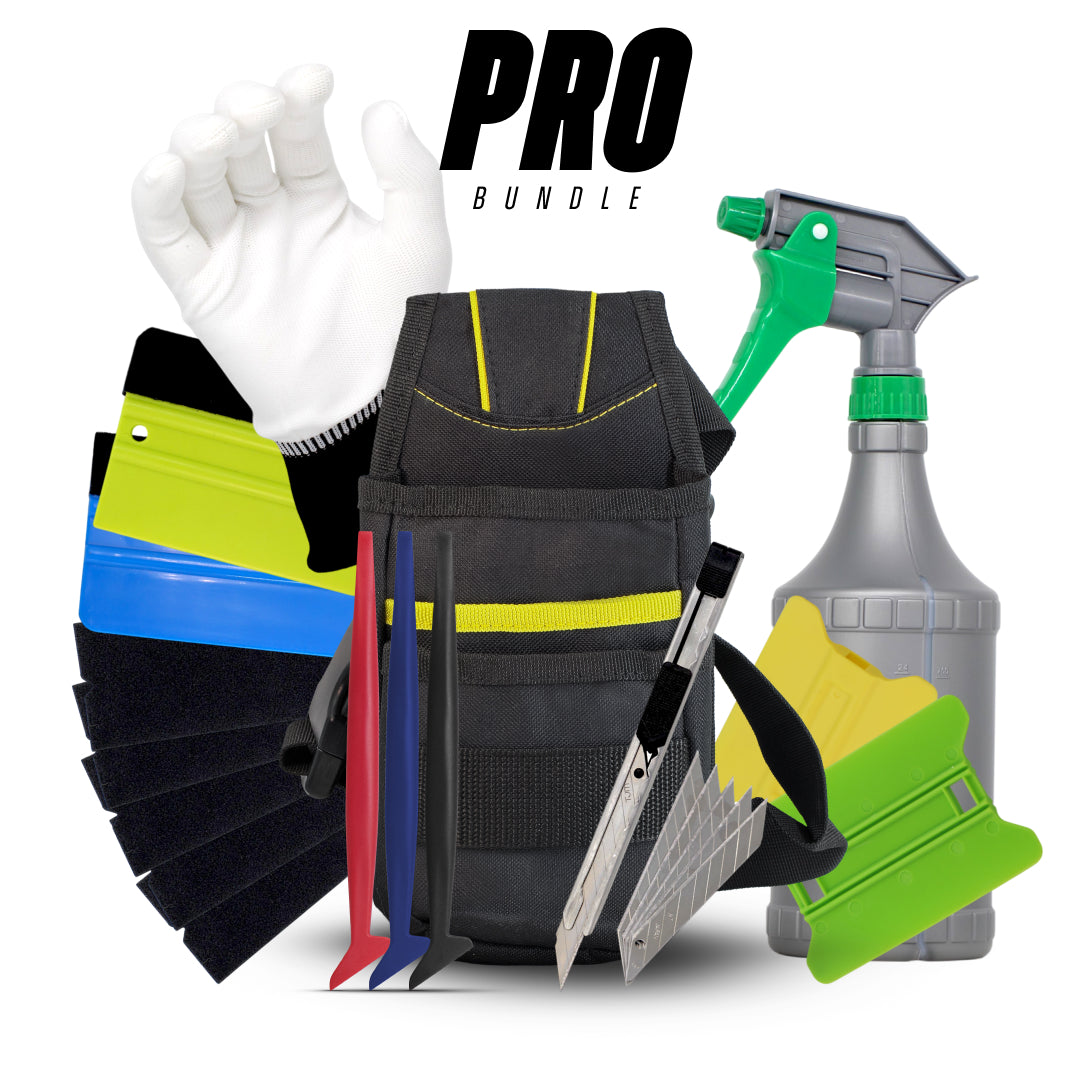
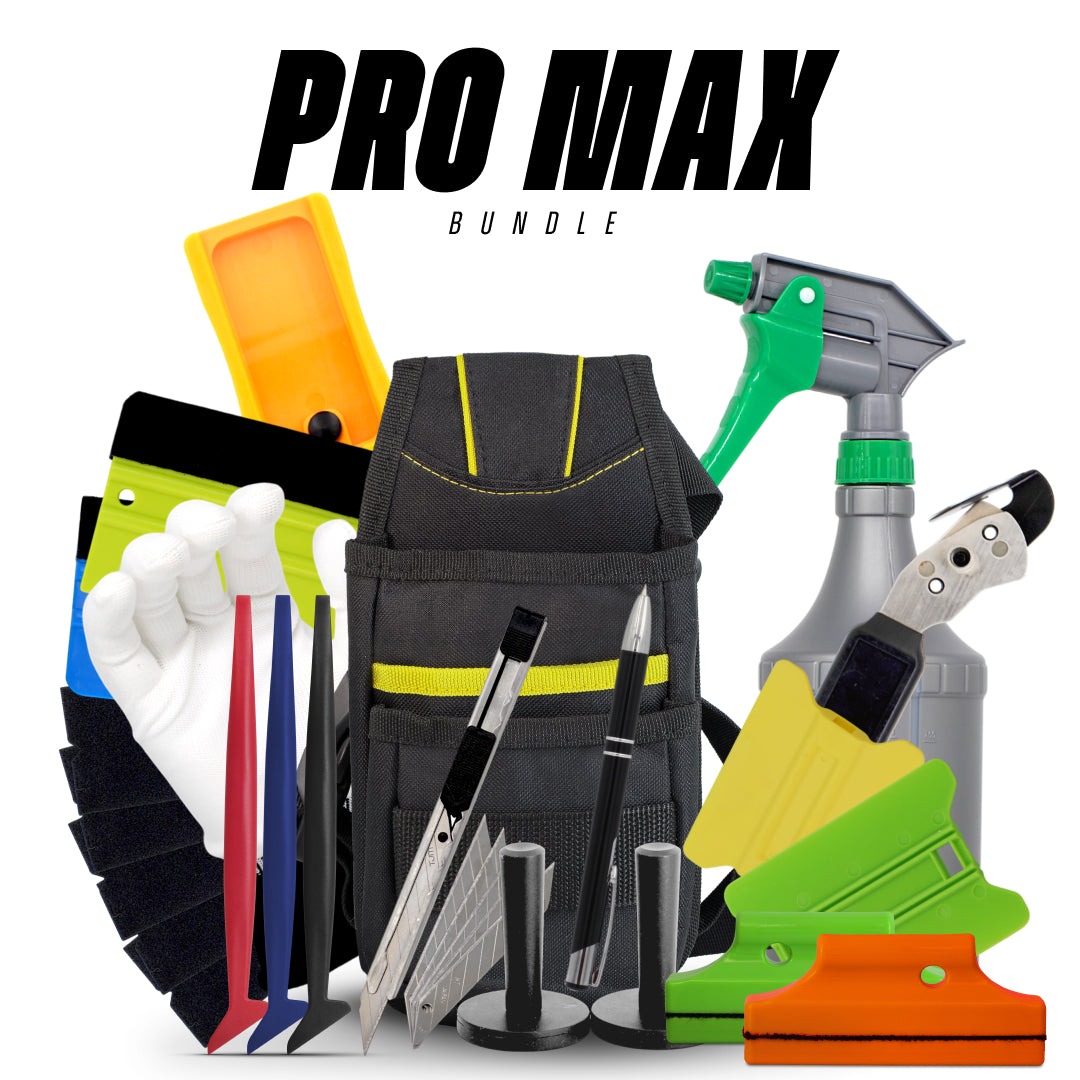
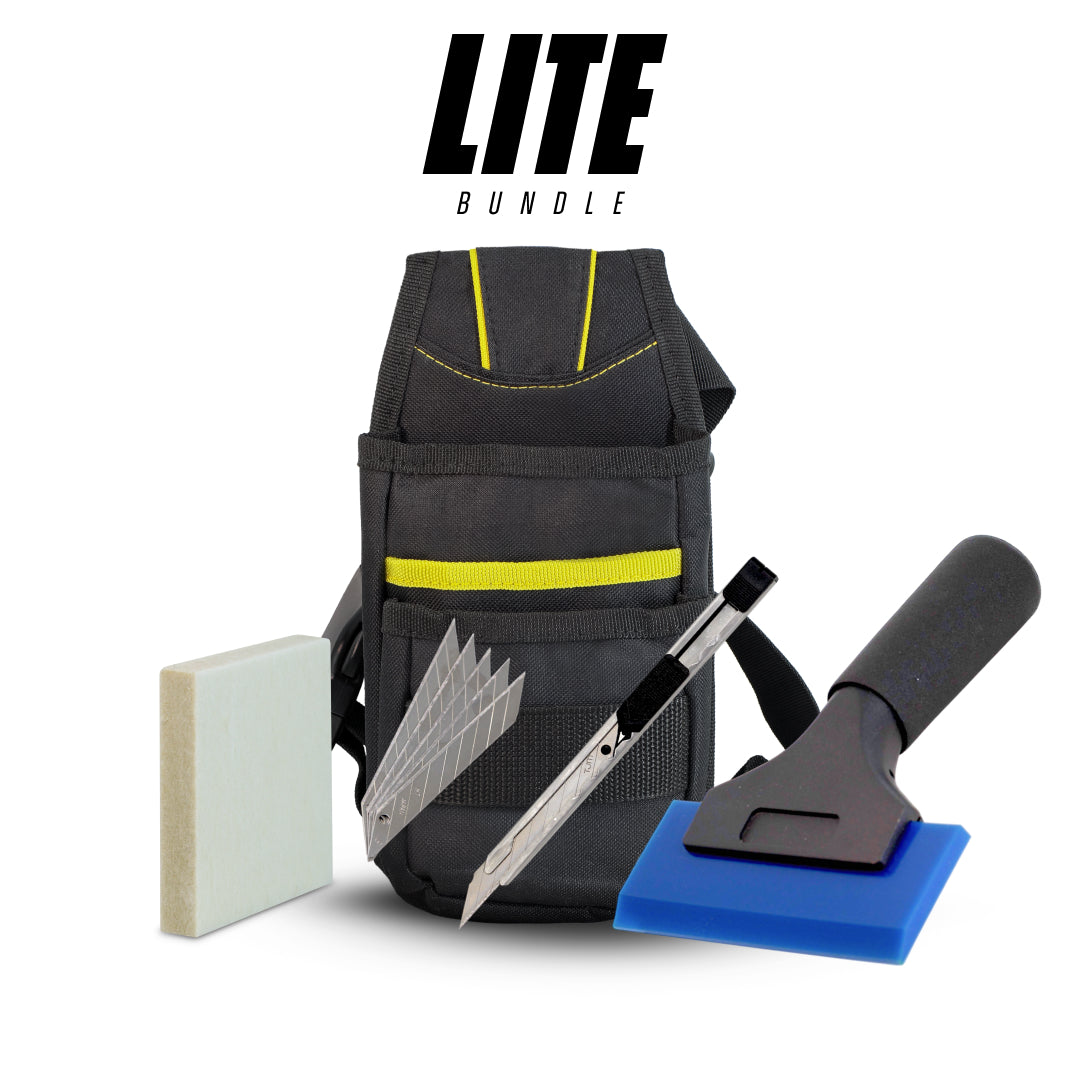
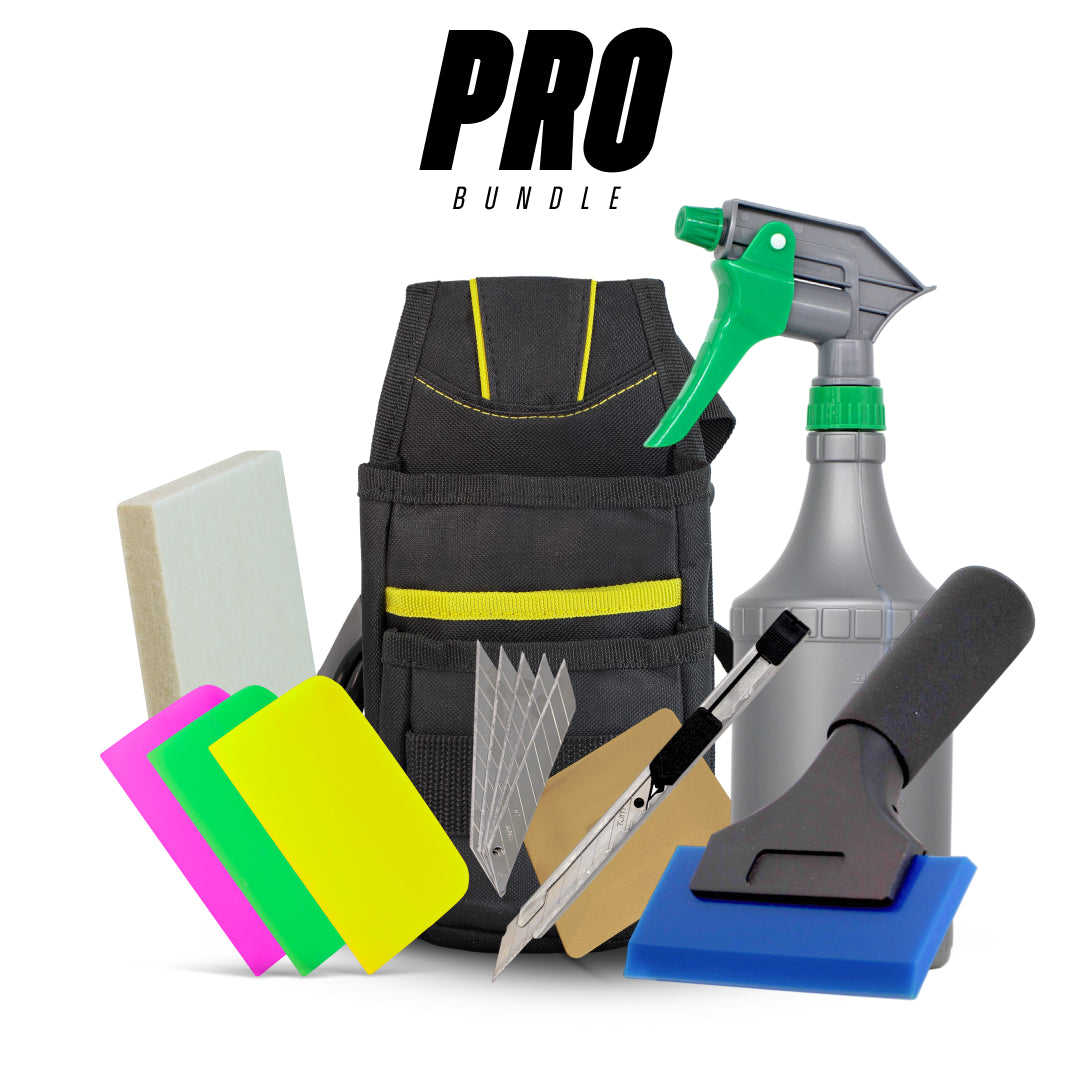
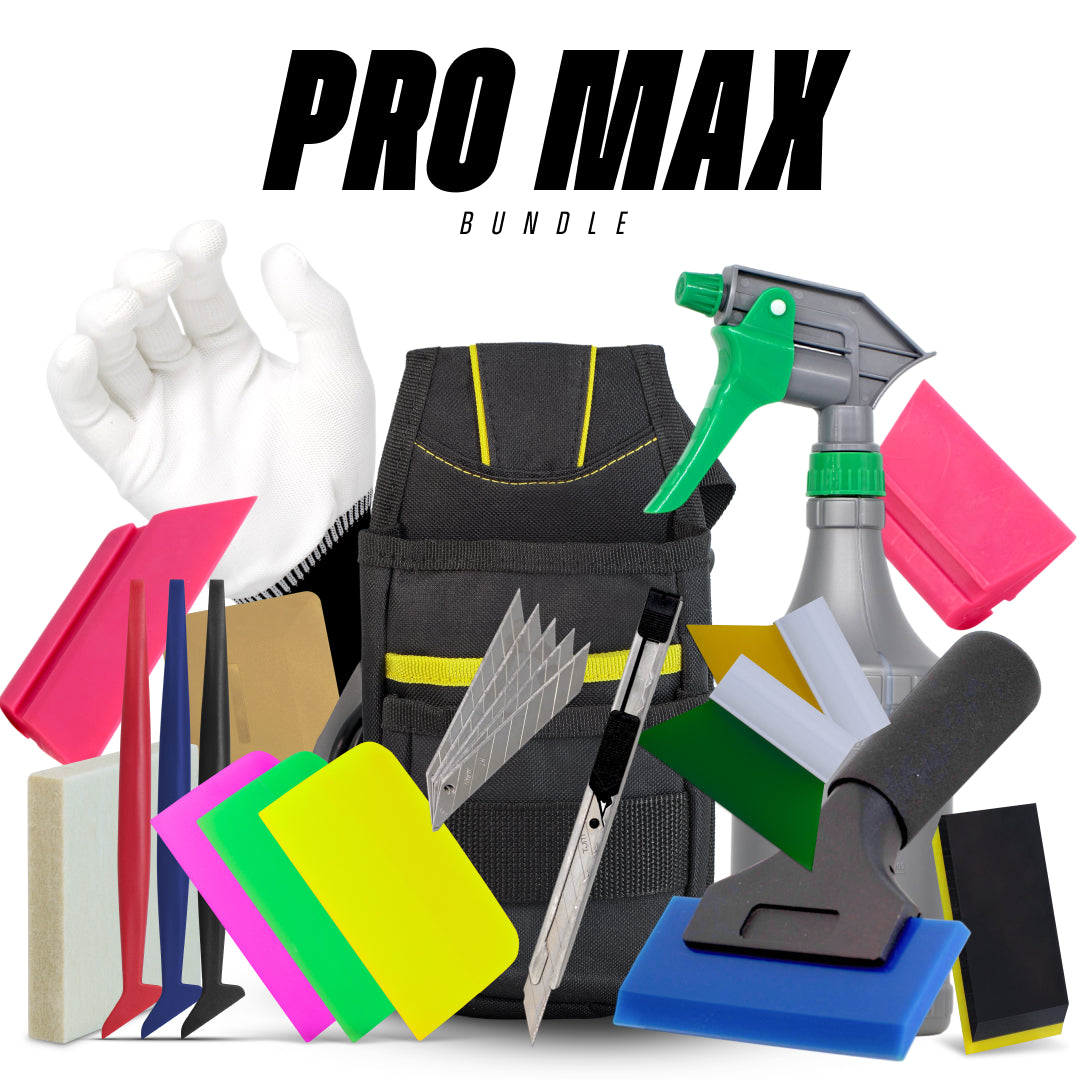
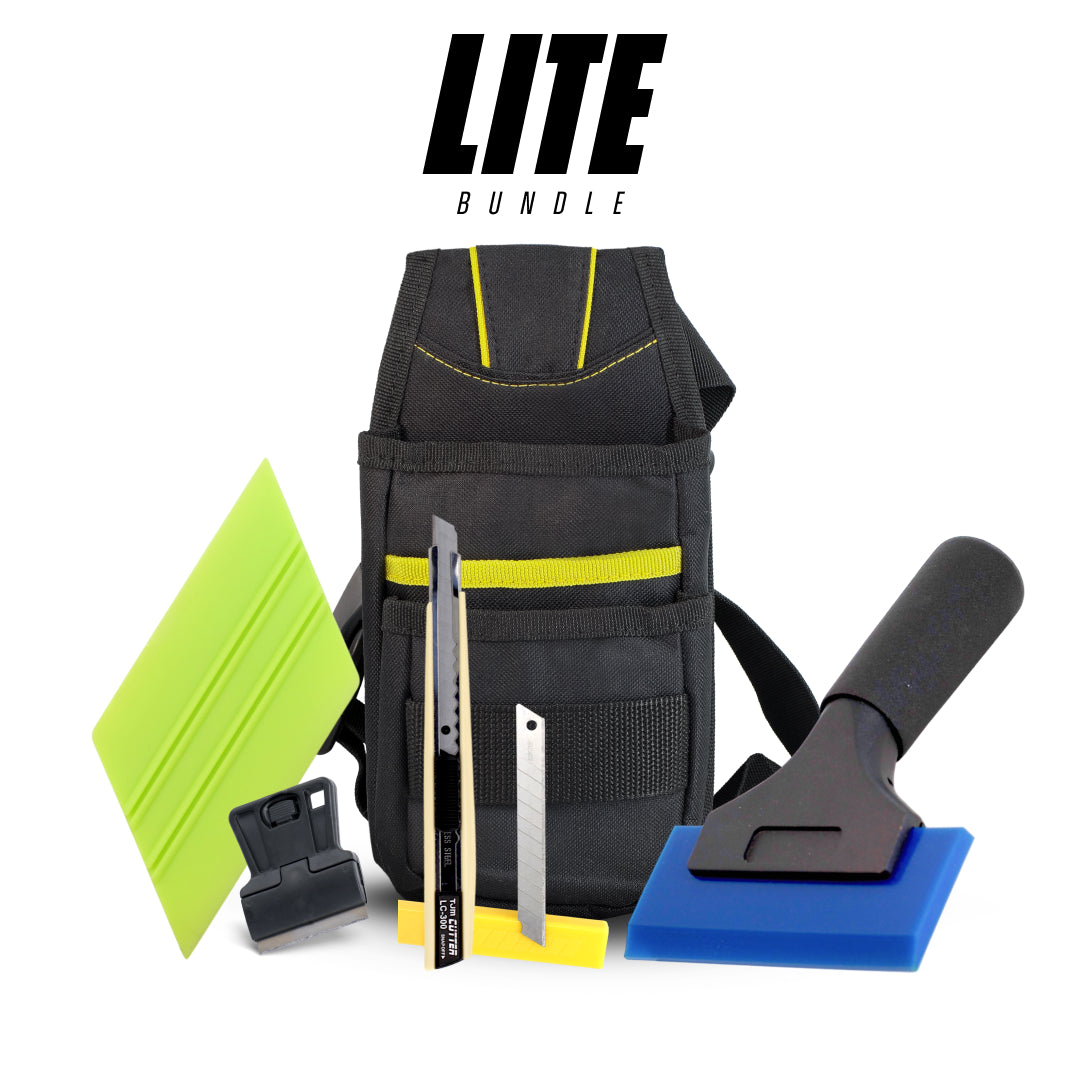

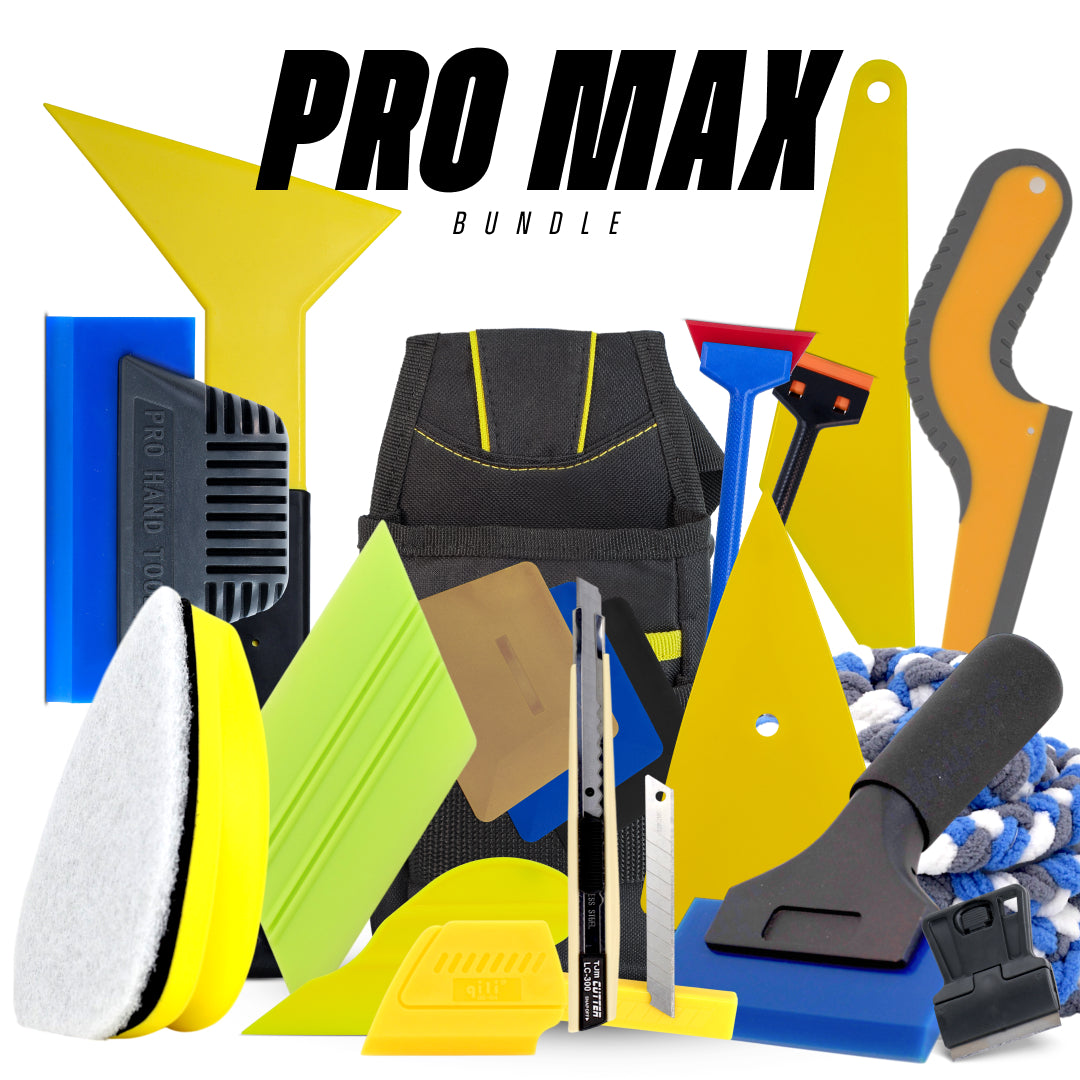

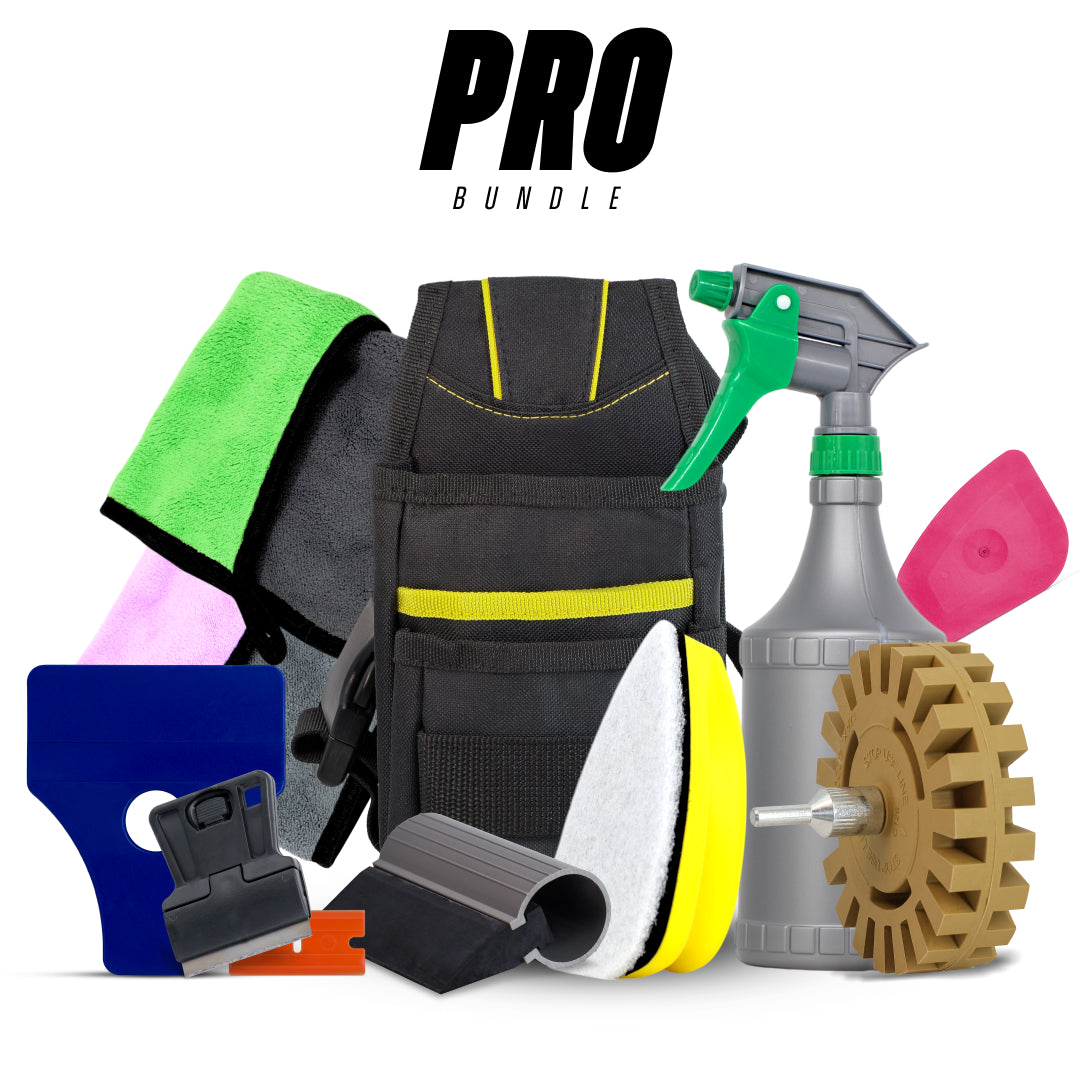
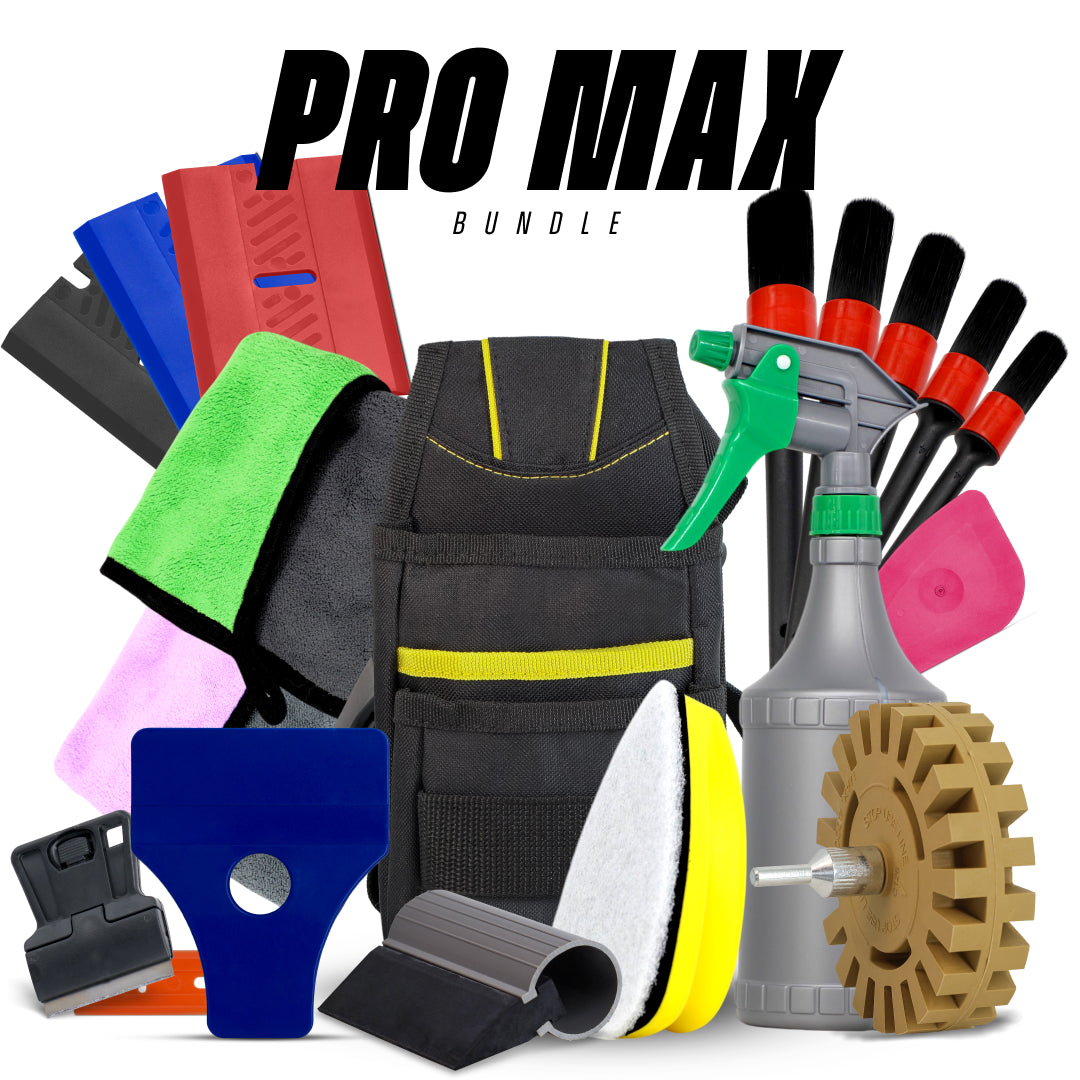

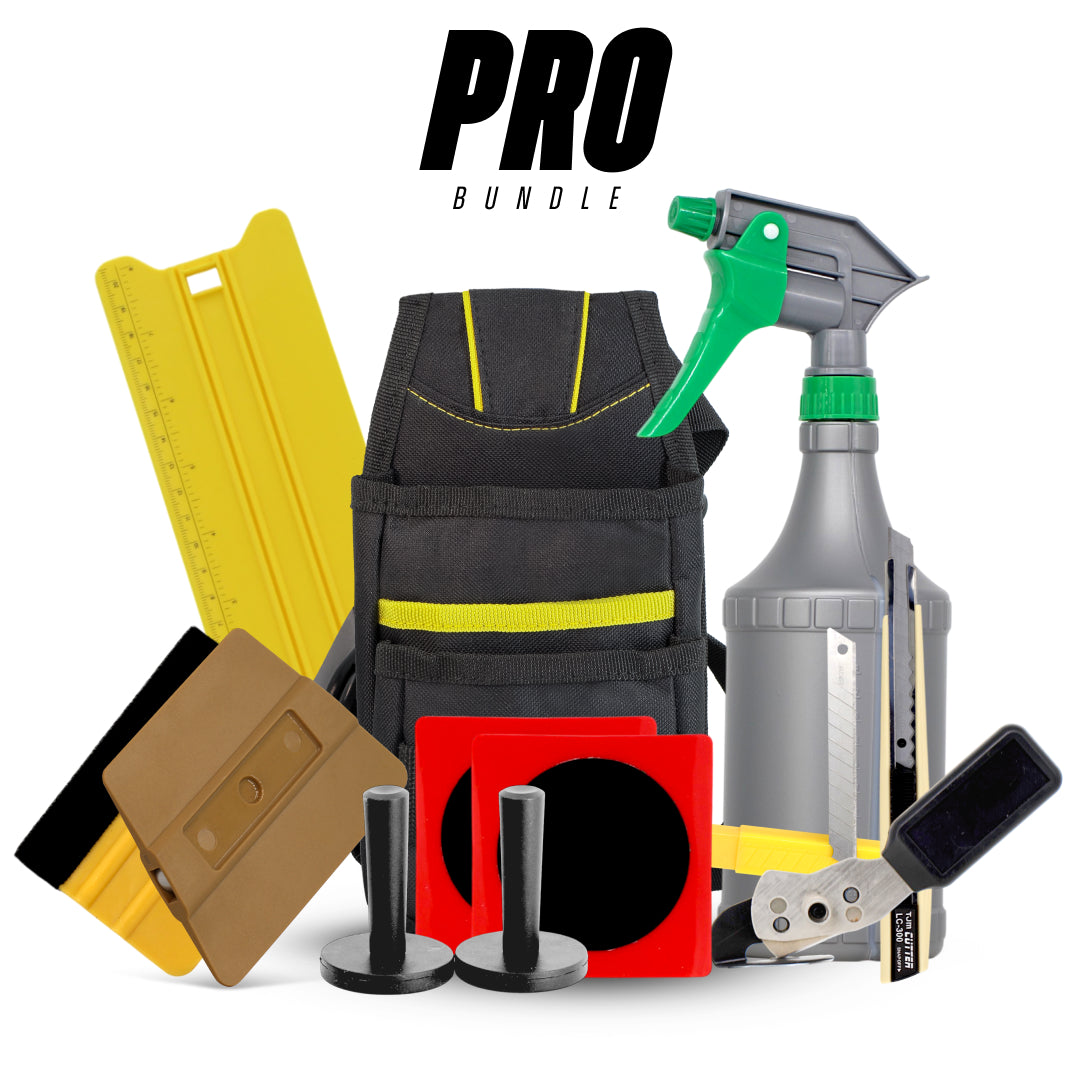
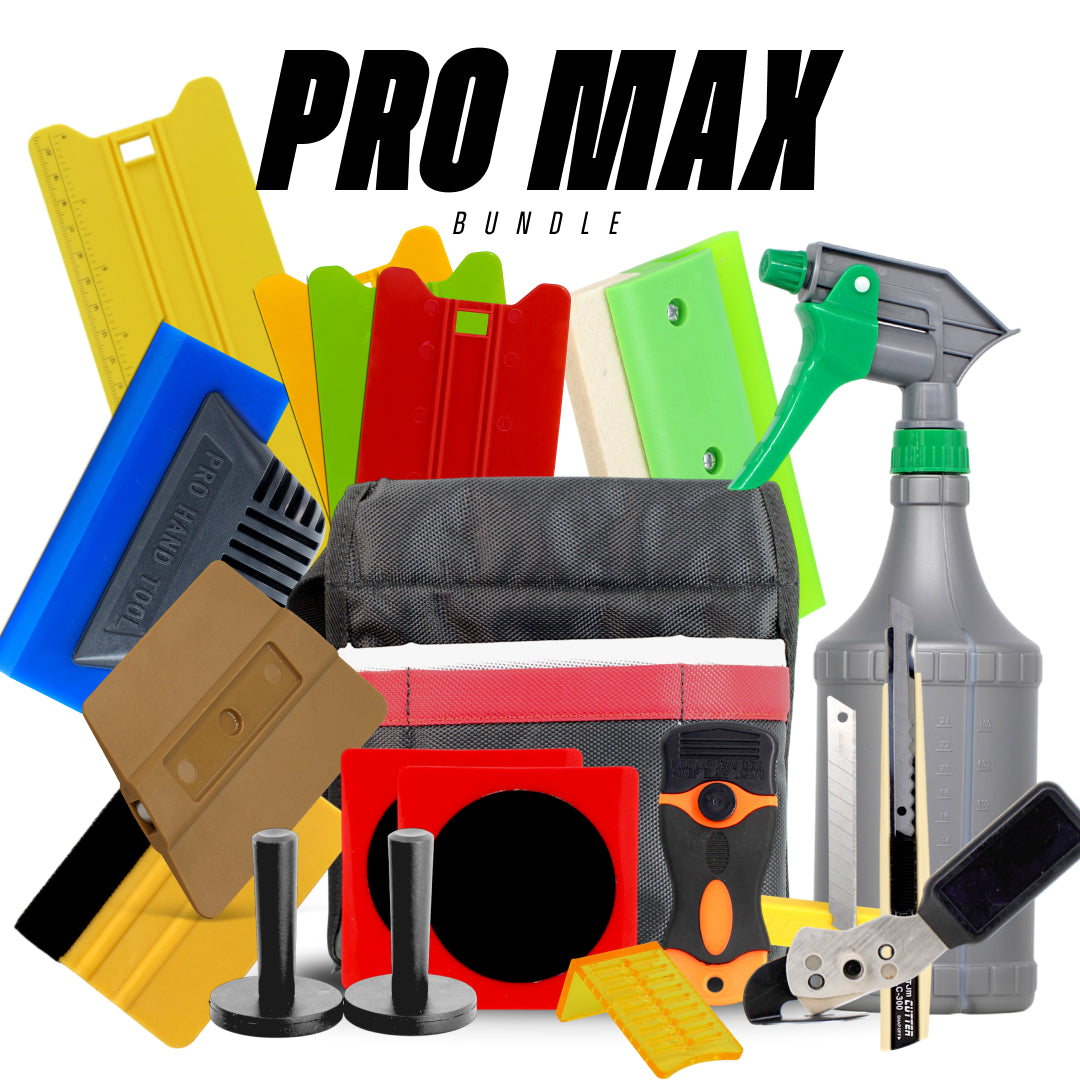


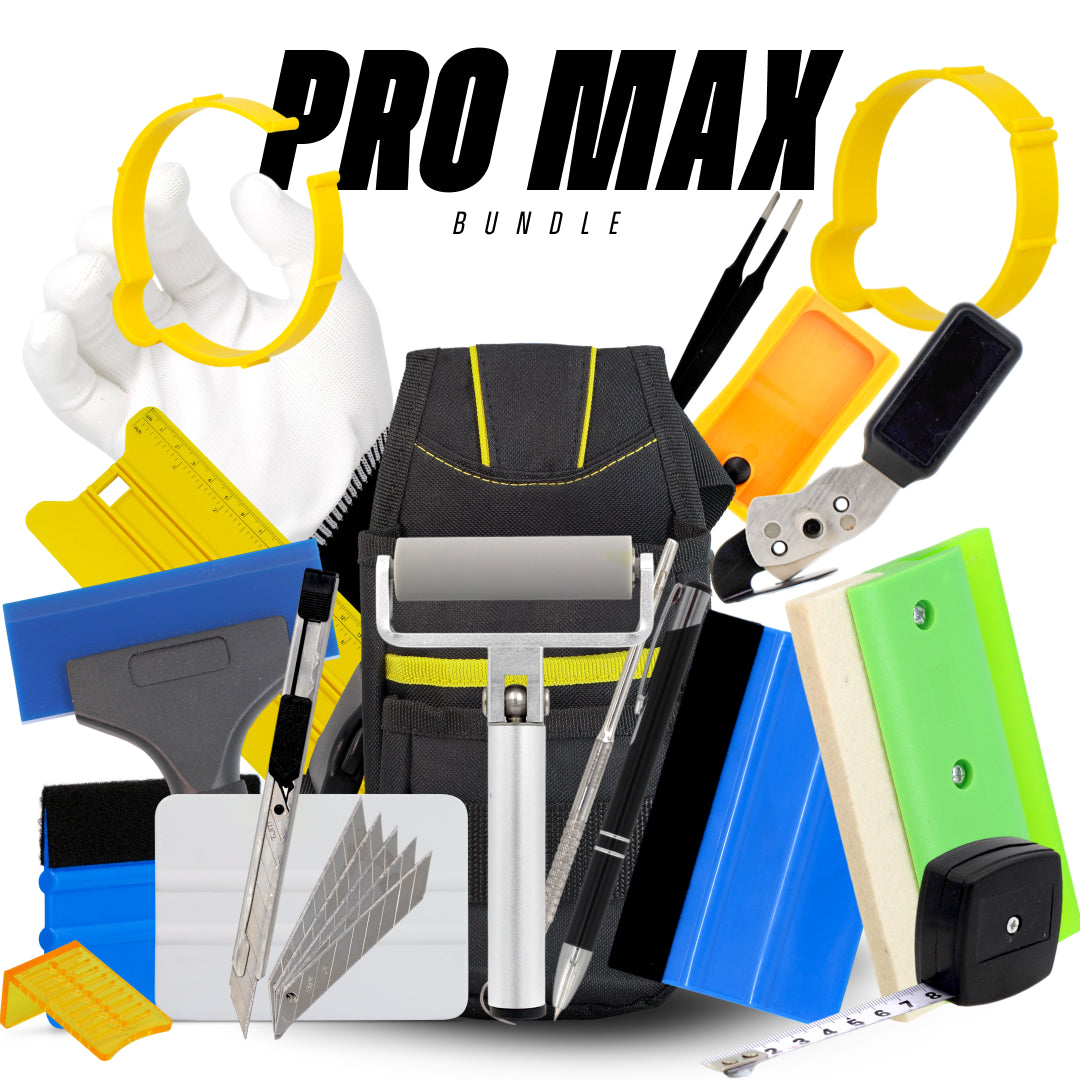



Leave a comment
This site is protected by hCaptcha and the hCaptcha Privacy Policy and Terms of Service apply.